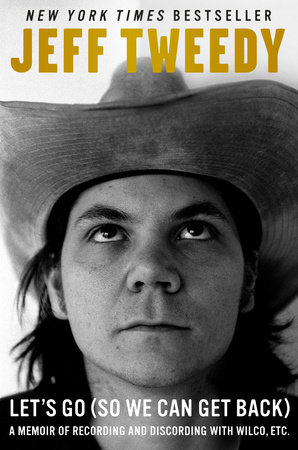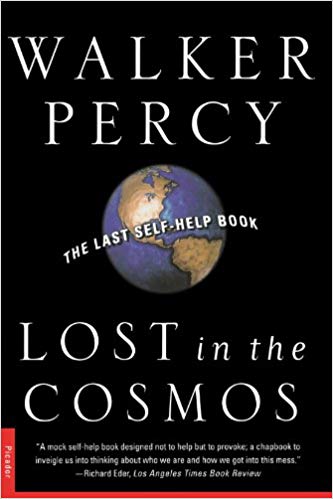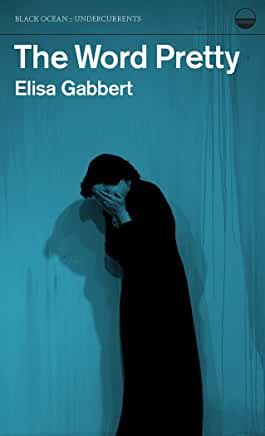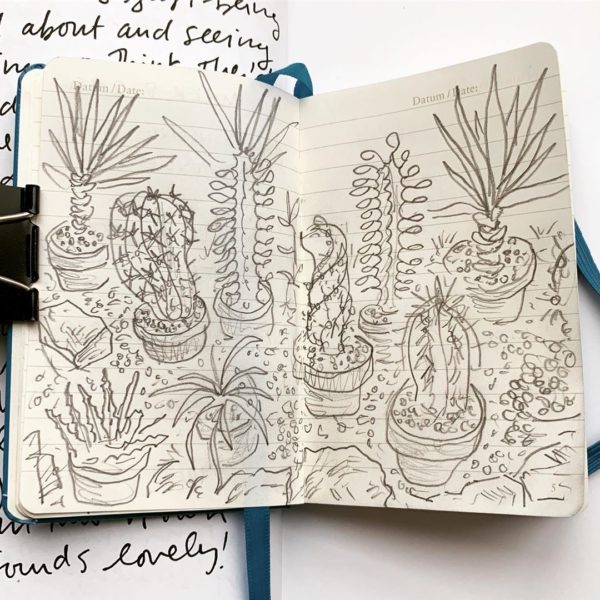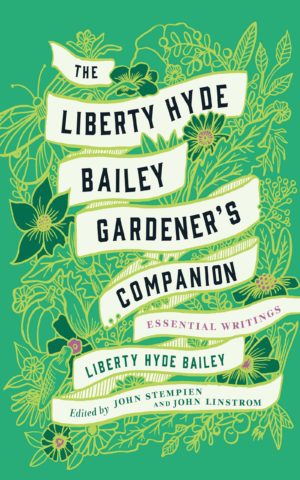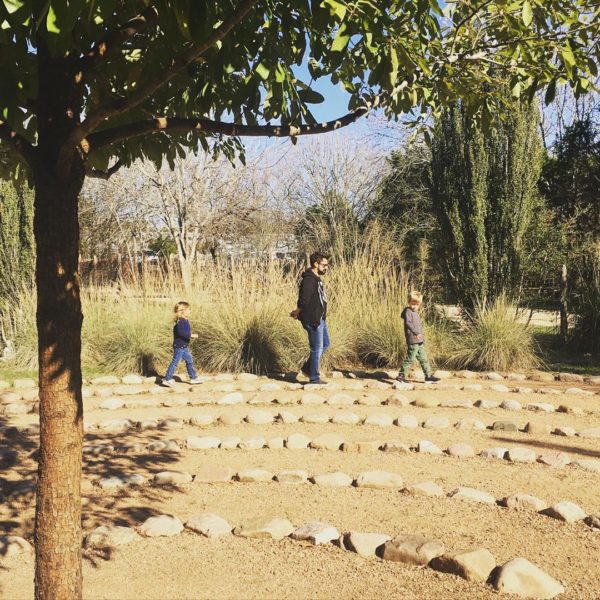
Here are 20 good books I read this year (minus the book I wrote) in roughly the order I read them:
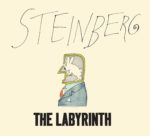 The Labyrinth
The Labyrinth
Saul Steinberg
First published in 1960. Out of print for years. Now beautifully reissued by NYRB. (Are they my favorite imprint? Maybe.) Incredible, 59-year-old drawings that look absolutely fresh. An American classic.
 Bowlaway
Bowlaway
Elizabeth McCracken
I don’t read as many novels as I probably should, and this is a novel novel. McCracken goes for it, doing in the book what, I think, only a novel can do. And damn, can she write a sentence. So many underlines. (Related post: “The religion of walking.”)
Let’s Go (So We Can Get Back)
Jeff Tweedy
I don’t really listen to audiobooks (they don’t fit into my commute-less life), but I got my hands on this one, and used it for company while shoveling snow during our Lake Erie sabbatical exile. I found it warm and smart, with a bunch of good stuff about the creative process and parenting. (Related post: “On solitude and being who you are”)
Lost in the Cosmos: The Last Self-Help Book
Walker Percy
Seems like a love-it-or-hate-it book, but I tore through it. One of those books that came at just the right place and just the right time for me. (Related reading: “Walker Percy’s problems of re-entry”)
 Werner Herzog: A Guide for the Perplexed
Werner Herzog: A Guide for the Perplexed
Werner Herzog with Paul Cronin
A 500-page interview arranged to cover Herzog’s career in chronological order. This book took me forever to get through, not because it was a slog, but because it’s so dense with insane stories and poetic insights, I was constantly stopping to underline. (Related reading: “Werner Herzog on writing and reading”)
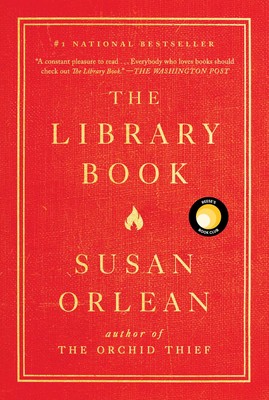 The Library Book
The Library Book
Susan Orlean
I am a former librarian who read this on a flight from Cleveland to Los Angeles, so it was pretty much the perfect book at the perfect time. A real page-turner. Orlean knows what she’s doing. (Another good LA book, not a page-turner, but a page-lingerer: Christoph Niemann’s Hopes and Dreams.)
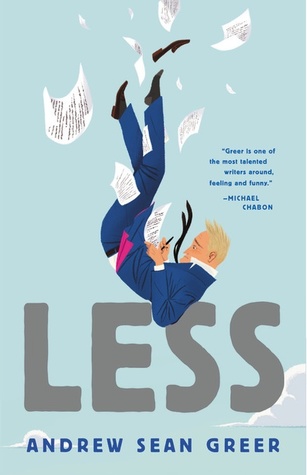 Less
Less
Andrew Sean Greer
How great is it when an acclaimed book turns out to be worthy of the hype?
I laughed all the way through this book and then I cried at the end.
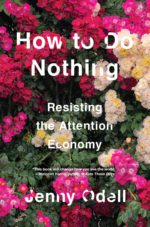 How To Do Nothing
How To Do Nothing
Jenny Odell
When I came across the original talk I knew this was going to be a good book, but I liked my advance copy even more than I thought it would, and then I was quite pleased to see what a hit it became this year. A good contrast to Cal Newport’s productivity-focused Digital Minimalism. (A great companion: Rob Walker’s The Art of Noticing. )
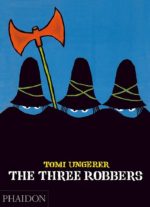 The Three Robbers
The Three Robbers
Tomi Ungerer
My 4-year-old got obsessed with this book, and I got obsessed with it and with Ungerer. Another great classic picture book I loved: Edward Gorey’s The West Wing. (Collected in Amphigorey.) And let’s throw in Bruno Munari’s Drawing a Tree, which I loved even more upon re-reading.
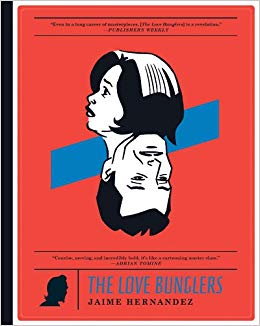 The Love Bunglers
The Love Bunglers
Jaime Hernandez
It’s taken me a decade or so for Love and Rockets to really click, but this book, along with its followup, Is This How You See Me?, made me fall in love. (I read Tillie Walden’s On A Sunbeam right after this, and it was such a great compliment — the budding master’s technicolor vs. the established master’s black and white.)
 Essays After Eighty
Essays After Eighty
Donald Hall
“Maybe we’ll soon have a new literary category, Old Adult, to match Young Adult,” wrote John Wilson, in his review of Hall’s posthumous collection of essays, A Carnival of Losses: Notes Nearing Ninety. I’d be so down for that. (See also: Ron Padgett’s Big Cabin.)
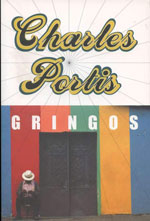 Gringos
Gringos
Charles Portis
When children are going through transitional periods, they’ll pull out old toys, old books, old stuffed animals. I do the same. This summer I re-read all of Portis’s novels, which is somewhat easy to do because there are only five of them. (If you’ve never read him, go ahead and start with True Grit, his masterpiece.) Gringos was the biggest surprise, and maybe the most underrated of all of his books? Such an interesting world and so many great sentences. I would love for another novel of his to turn up, but I also sort of hope he’s just kicking back on a porch somewhere in Arkansas, sipping bourbon, and enjoying his life.
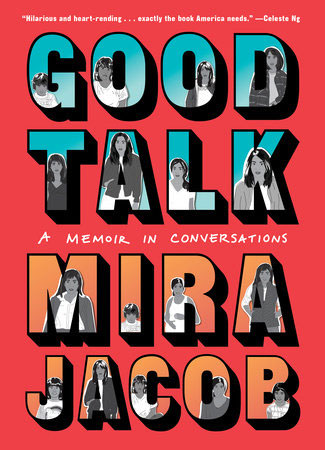 Good Talk
Good Talk
Mira Jacob
Real talk: I was initially turned off by this book, because at a first glance I thought the clip-art drawings and photo backgrounds were out of laziness. (This is, by the way, the trouble with comics: our initial response as readers is an aesthetic one, and if you only read comics you’re aesthetically attracted to, you will miss out.) But no, this is a smart and heartfelt and well-executed book that wouldn’t work the way it does if it was drawn “better.” The book is great evidence for the cartoonist Seth’s equation that comics = poetry + graphic design.( Other good comic debuts I read this summer: Ebony Flowers’ Hot Comb and Malaka Gharib’s I Was Their American Dream.)
 Range
Range
David Epstein
This book is both a validation of how I’ve chosen to go about my work and a kick in the pants to not get complacent, stretch out, and go down weird paths. (My friend Ryan Holiday, who finally got his well-deserved #1 NYTimes bestseller this year with Stillness is the Key, suggested, rightly, I think, that it’s a parenting book in disguise.)
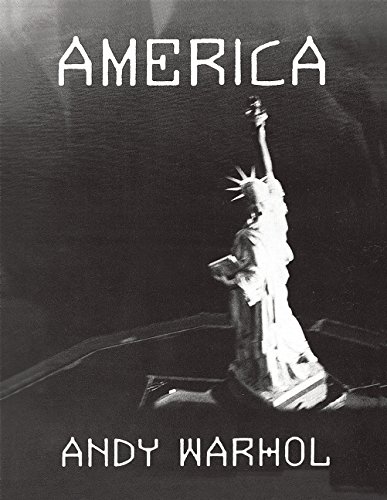 America
America
Andy Warhol
A book of Warhol’s photographs matched with his thoughts about the country. “We all came here from somewhere else, and everybody who wants to live in America and obey the law should be able to come too, and there’s no such thing as being more or less American, just American.”
The Word Pretty
Elisa Gabbert
I am a sucker for collections of short essays by poets. I was completely new to Gabbert’s work and took a chance on this based on a few mentions by Twitter friends whose taste I trust. Very glad I did and looking forward to reading her next one. (Other very good essay collections I dipped into but for whatever reason got distracted from and didn’t finish: Zadie Smith’s Changing My Mind and Feel Free.)
 Big Ideas for Curious Minds: An Introduction to Philosophy
Big Ideas for Curious Minds: An Introduction to Philosophy
The School of Life
One thing I started doing on rough early mornings when I’m trying to wake up is read nonfiction books written for younger readers. (Hey man, it works for Jeopardy champions.) This one was great, and I also loved David Hockney and Martin Gayford’s A History of Pictures for Children, Dr. Seuss’s The Horse Museum, and Caitlin Doughty’s Will My Cat Eat My Eyeballs?
 Heidi’s Horse
Heidi’s Horse
Sylvia Fein
Fein, a surrealist painter who celebrated her 100th birthday this year with a 70-year retrospective exhibition in Berkeley, took a break in her painting career to write this book and its followup, First Drawings. The book collects her daughter Heidi’s drawings of horses from the age of 2 to 17. (Fein raised her daughter on a horse ranch.) I don’t know of any other book like this. A weird, remarkable work showing the development of a child’s drawings with a single subject. (More about the book in my post: What pictures of horses can teach us about art.)
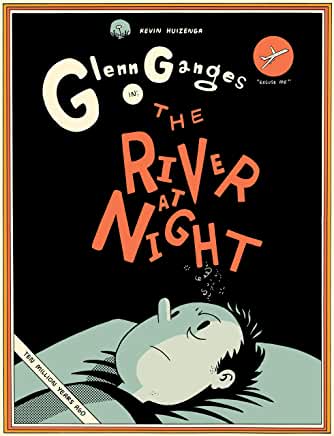 The River at Night
The River at Night
Kevin Huizenga
I read so many good comics this year by comics masters at the very top of their game — see Jaime Hernandez above, Eleanor Davis’s The Hard Tomorrow, and Lynda Barry’s Making Comics — but this really felt like Huizenga’s masterpiece. A clever, coherent collection of stories (some old and some new), and a beautifully produced book that shows off his cartooning at its best.
 God Save Texas: A Journey into the Soul of the Lone Star State
God Save Texas: A Journey into the Soul of the Lone Star State
Lawrence Wright
I’ve lived in Texas for over a dozen years now, I’m the father of Native Texans, so it’s time to admit it: Yeah, I’m a Texan. Wright’s book is the perfect read for someone like me: an urban liberal’s look at the good, the bad, and the ugly of our vast state.
* * *
I’ve been posting my favorite reads since 2006. You can read them all here.
Want to read more next year? Here’s my advice.
